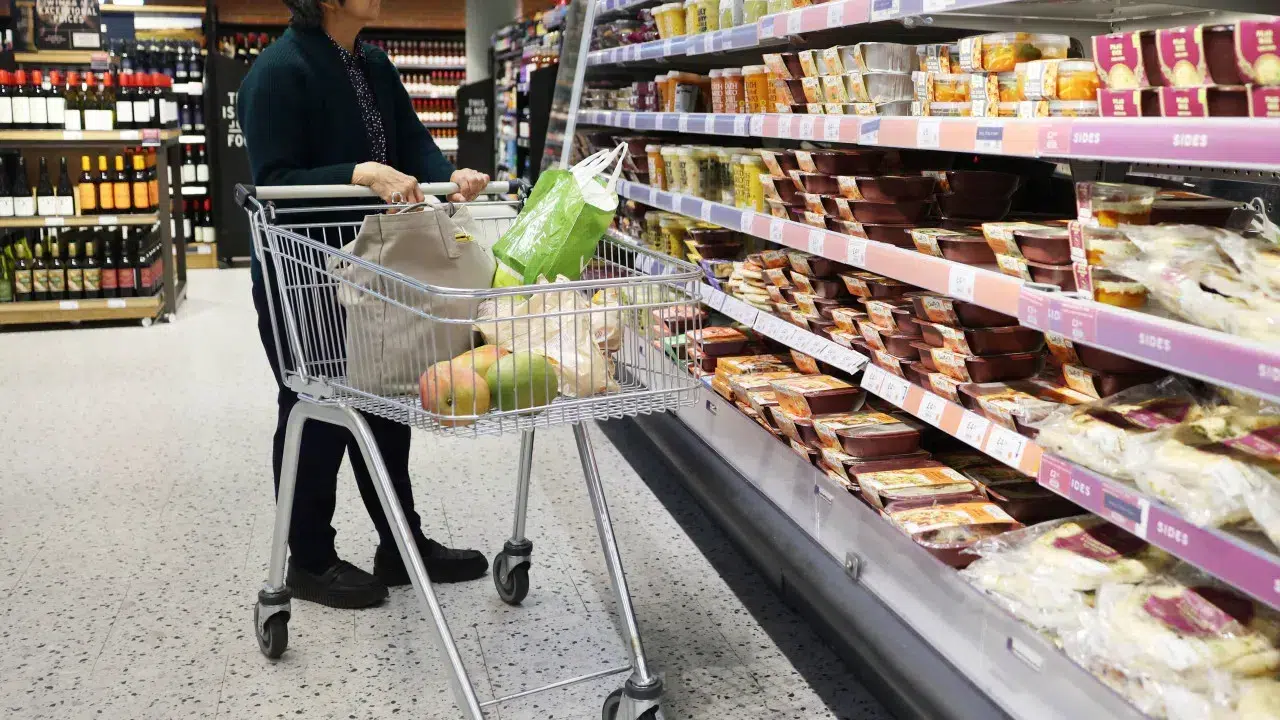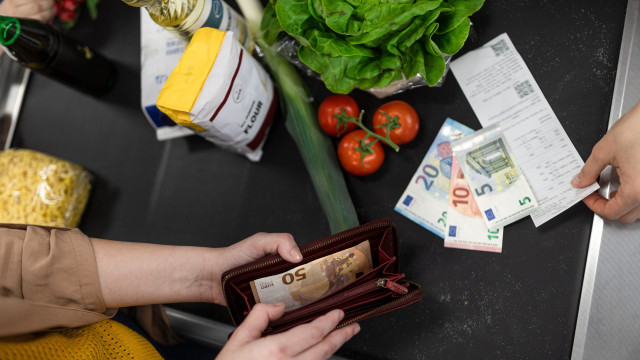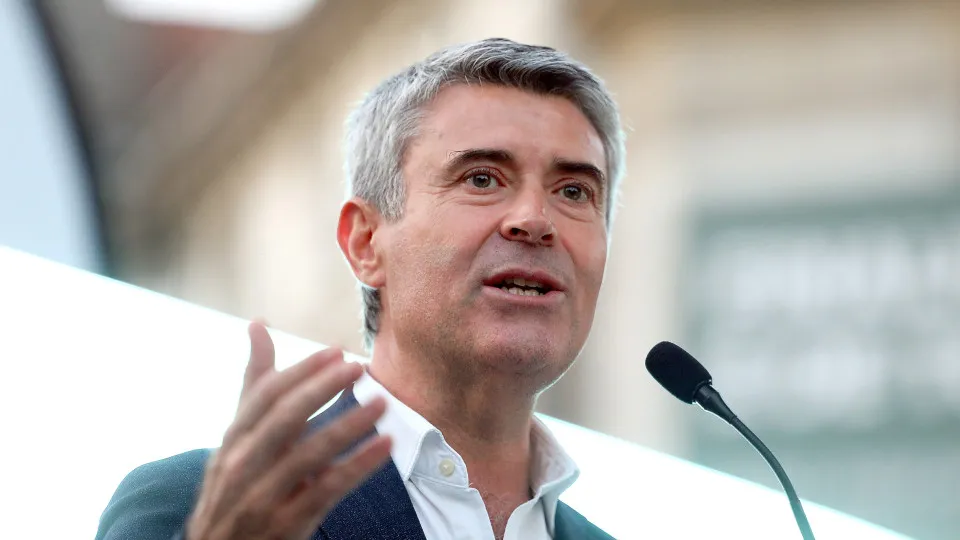
The slight decline was attributed to a drop in the transport sector, although prices for food, furniture, and household goods rose.
Inflation remains above the Bank of England’s target of 2%.
ONS economist Richard Heyes stated that airfares decreased in May compared to the previous year’s increase, and fuel prices also declined.
“This was partly offset by a rise in food prices, especially items like chocolates and meat. The cost of furniture and household goods, including refrigerators and vacuum cleaners, also increased,” he added.
Following the release of the May data, British Finance Minister Rachel Reeves acknowledged that there is work to be done to reduce inflation and emphasized that the “government’s primary mission is to put more money in workers’ pockets.”
The London government is taking “necessary decisions to stabilize public finances and control inflation,” though it admitted “there is still much to be done,” a statement said.
Last month, the Bank of England lowered interest rates from 4.5% to 4.25%, marking the first reduction since February.
The entity forecasted that inflation might rise to 3.7% this year, although it predicted this would be a temporary situation due to rising energy prices.




